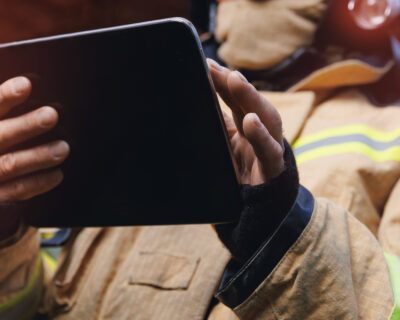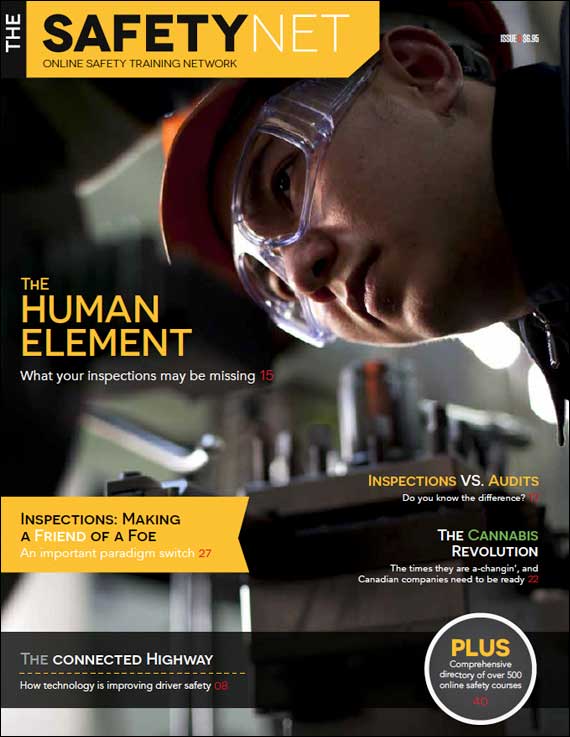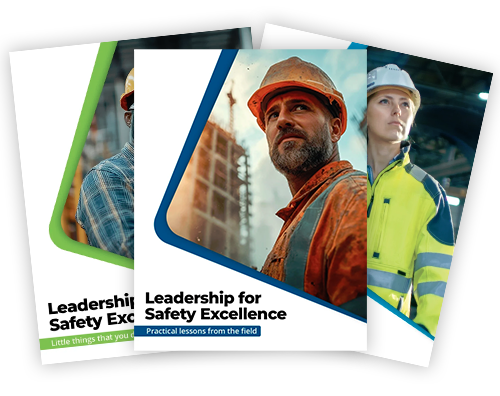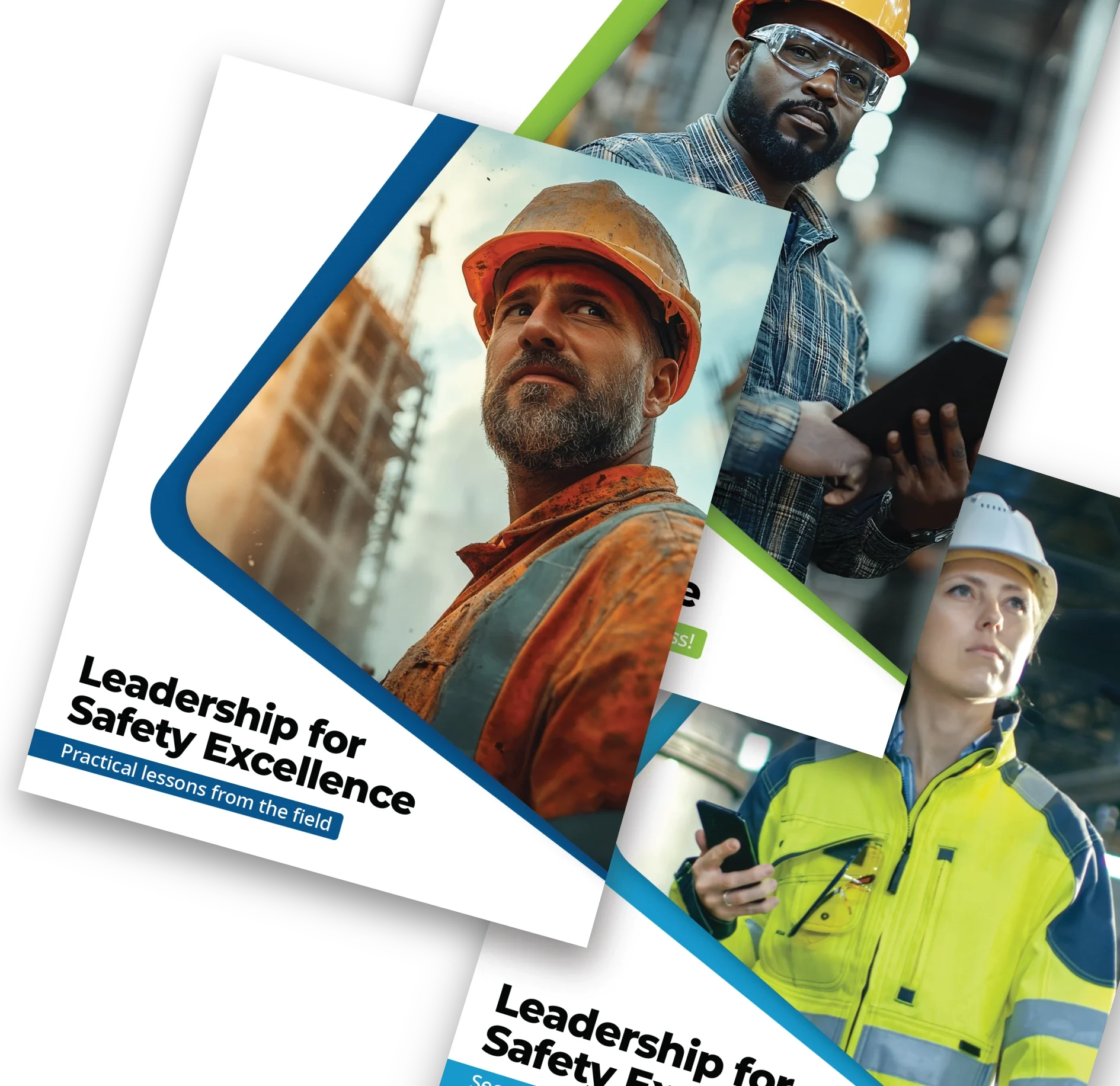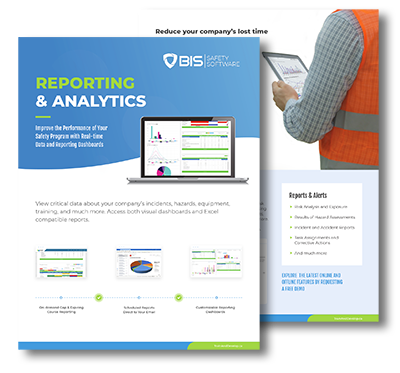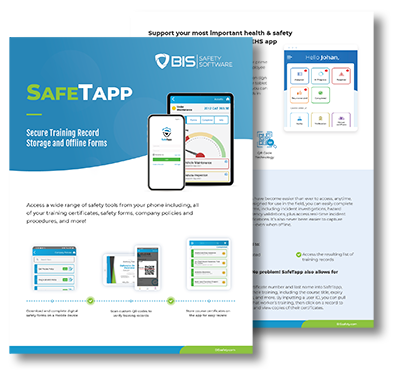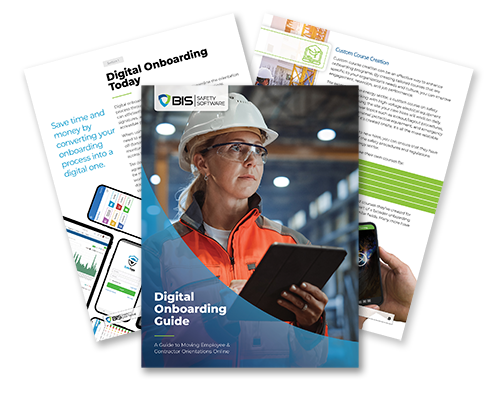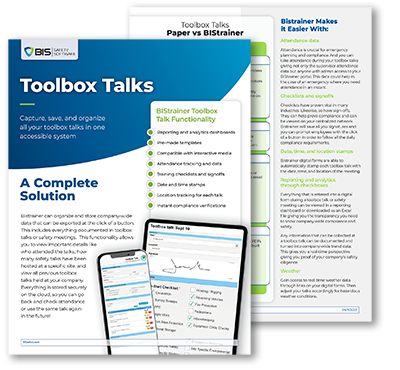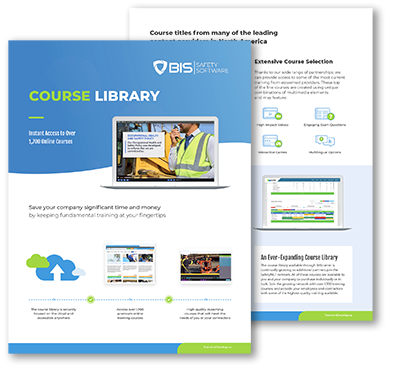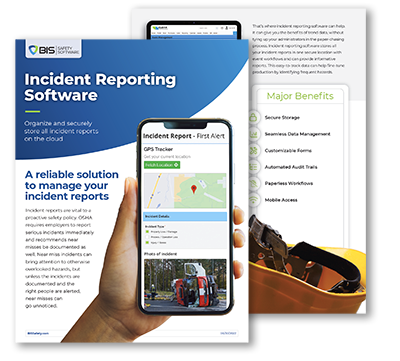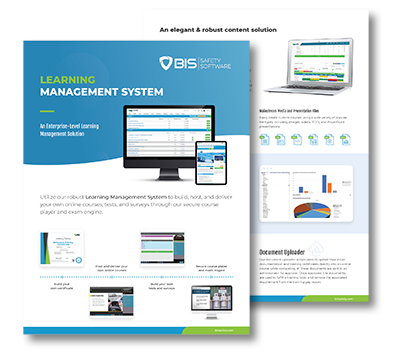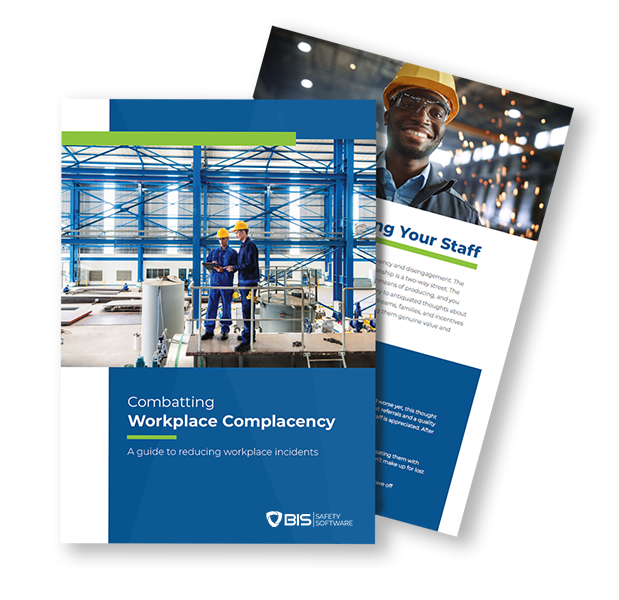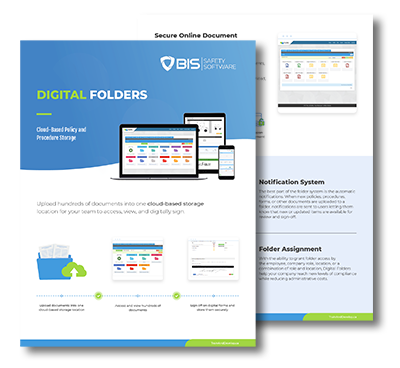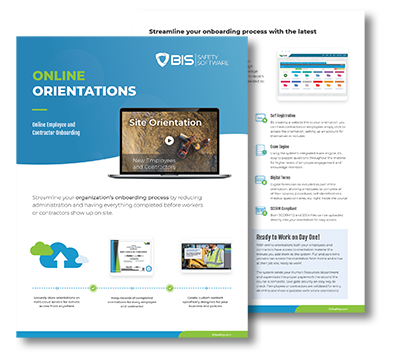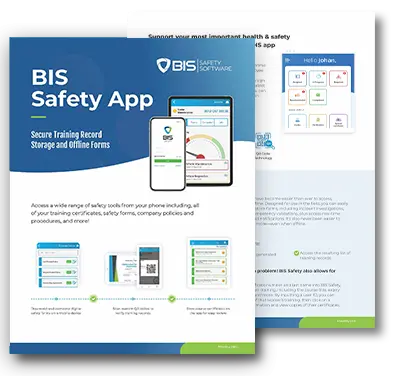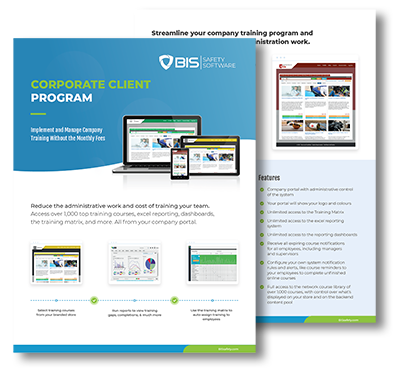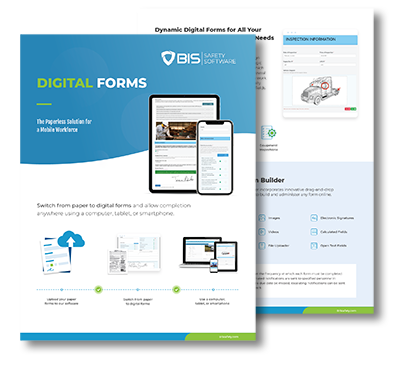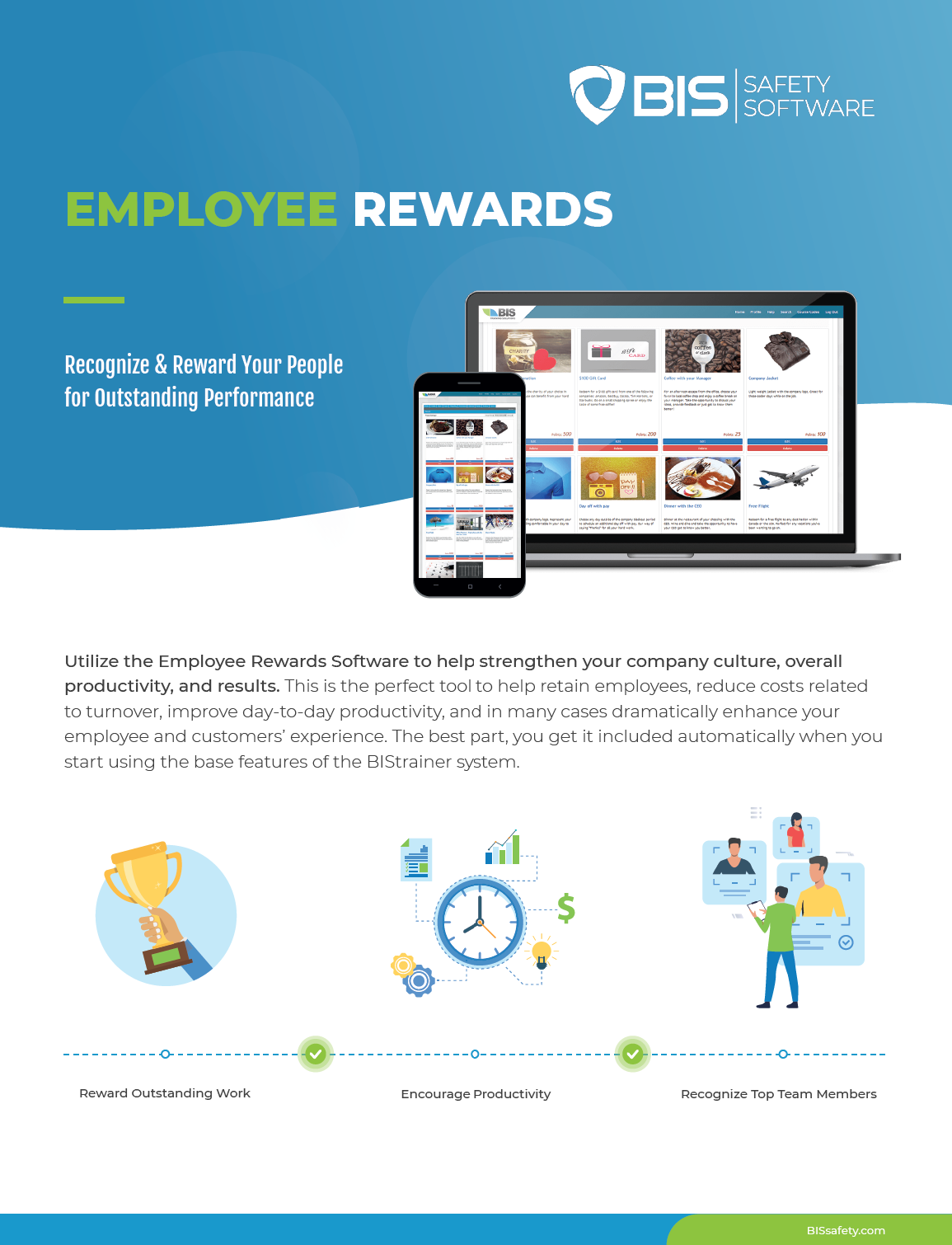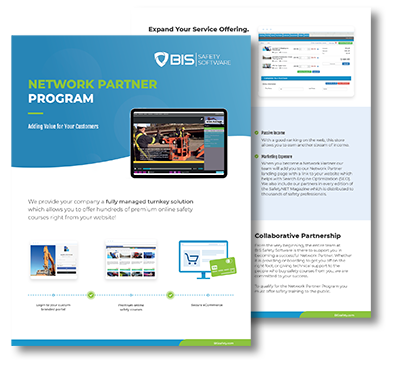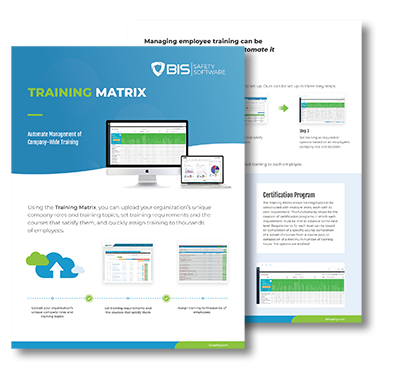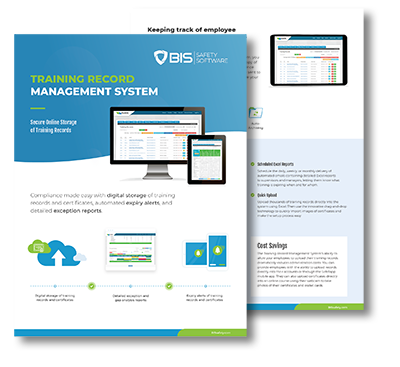
The Hidden Heroes of Workplace Safety: Celebrating Unsung Roles
Workplace safety doesn’t just happen. It’s the result of dedicated teams working tirelessly behind the scenes to ensure every employee goes home safe at the end of the day. While high-profile programs and policies often get the spotlight, it’s the efforts of unsung heroes—safety auditors, compliance officers, first aid coordinators, and more—that truly make a difference. These professionals identify risks, build trust, and create a culture where safety becomes second nature. This article explores their critical roles, their impact, and the teamwork that keeps workplaces safe and productive, showing why recognizing and supporting these individuals is vital.
Explore this Article
- Safety Auditors: Identifying Risks, Building Solutions
- Compliance Officers: Keeping the Company Aligned
- First Aid Coordinators: Responding When It Matters Most
- Teamwork: Safety Is Everyone’s Job
- Recognizing and Supporting Unsung Heroes
- Beyond the Workplace: Expanding Their Impact
- Final Thoughts
Safety Auditors: Identifying Risks, Building Solutions
Safety auditors are the backbone of a company’s safety system. They meticulously inspect worksites, identify hazards, and recommend actionable fixes. Their goal isn’t just to check boxes but to create environments where safety is built into everyday tasks and operations.
For instance, an auditor might find hazardous materials stored improperly and work with teams to correct the issue before it becomes a problem. They provide clear, concise reports with practical steps for improvement, ensuring policies don’t just exist on paper but translate into meaningful actions. Auditors also educate workers on safety protocols, bridging the gap between regulations and day-to-day practices. This proactive approach not only prevents incidents but also fosters trust and confidence among employees.
Safety auditors are also forward-thinking. They analyze trends in workplace incidents and near-misses, using data to refine safety measures. By identifying patterns and root causes, they help organizations adapt to evolving challenges, ensuring safety remains a dynamic, living process.
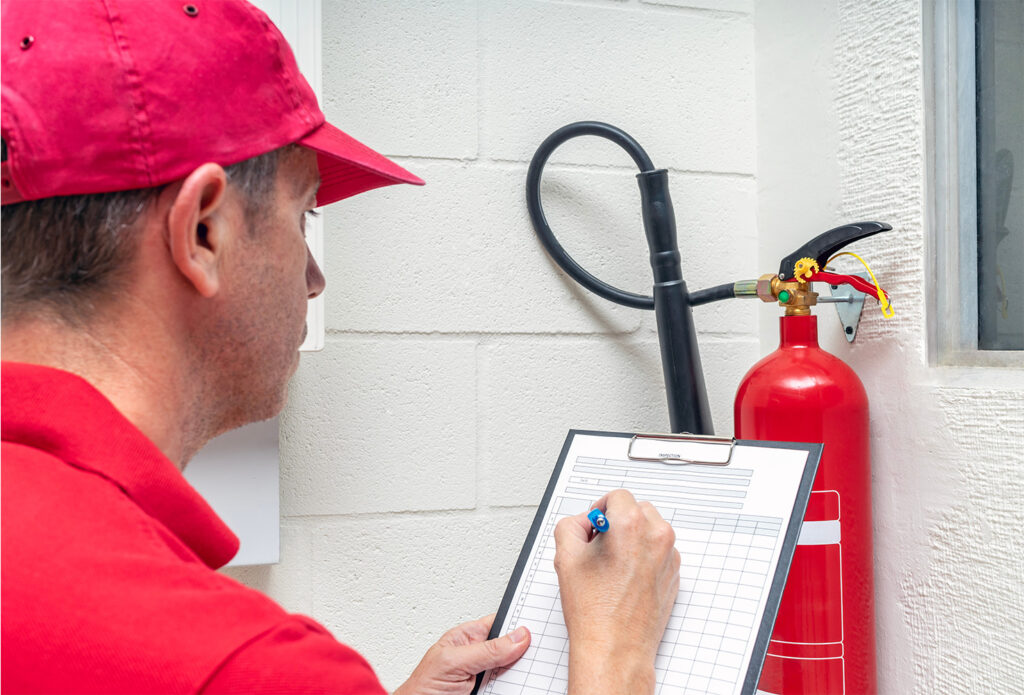
Compliance Officers: Keeping the Company Aligned
Compliance officers ensure that companies meet the complex web of safety regulations required by law. They interpret evolving standards, craft policies, and guide teams on implementing them effectively. But their role goes beyond compliance—it’s about embedding safety into the organization’s culture and operations.
For example, a compliance officer might develop a comprehensive training program to ensure employees understand new requirements and how to meet them. They also monitor the effectiveness of these programs, making necessary adjustments to keep up with changing regulations and workplace realities. By fostering accountability at all levels, compliance officers help build workplaces where safety isn’t an afterthought but a shared commitment.
Their work often involves collaboration with external regulatory bodies, ensuring audits and inspections are seamless. Compliance officers act as liaisons, balancing the demands of external standards with the practicalities of workplace implementation. This ensures companies stay ahead of regulatory requirements, avoiding costly penalties while maintaining a reputation for excellence.

First Aid Coordinators: Responding When It Matters Most
First aid coordinators are the first responders in workplace emergencies. Whether it’s a minor injury or a critical incident, they ensure help is available when it’s needed most. Beyond immediate care, they manage supplies, organize training, and run drills to keep everyone prepared for any situation.
Consider a coordinator responding to a severe medical emergency, such as a cardiac arrest. Their quick action and preparedness can mean the difference between life and death. But their role doesn’t end there—they also evaluate what went well and what could be improved, ensuring the team is better prepared for future emergencies. Coordinators often go beyond reactive measures, leading wellness initiatives like ergonomic assessments or health screenings to promote long-term employee health and safety.
These professionals play an integral role in maintaining morale. Employees feel more confident and valued knowing a capable first aid team is in place, ready to respond swiftly in critical moments. This assurance contributes to a positive workplace environment, reinforcing the company’s commitment to its people.
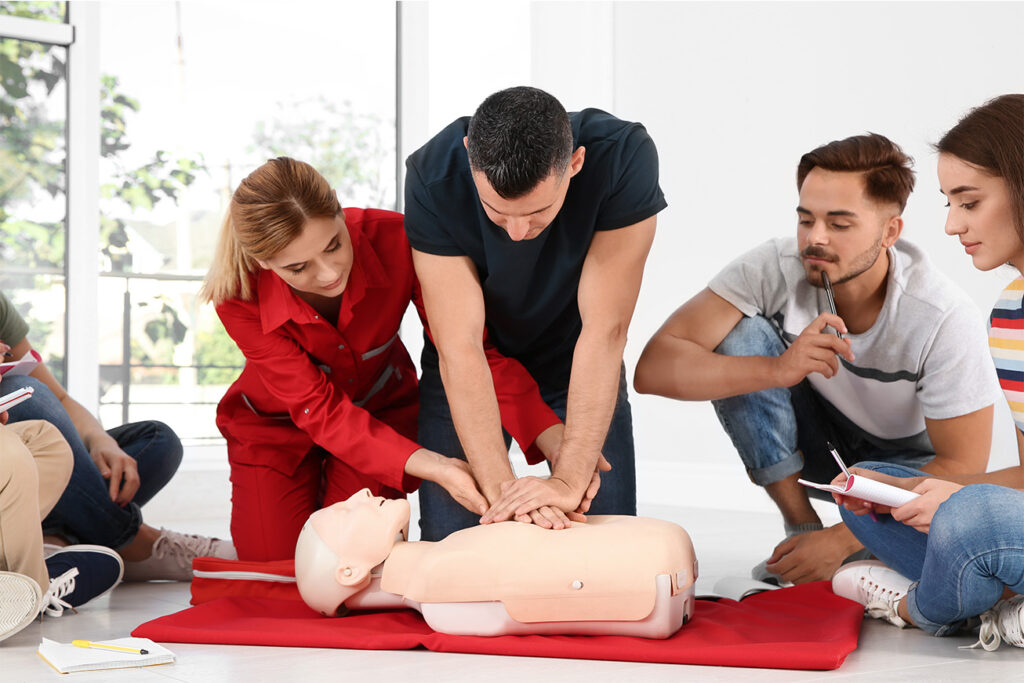
Teamwork: Safety Is Everyone’s Job
Safety professionals don’t work in silos. A compliance officer’s policies might guide a safety auditor’s inspections, while first aid coordinators ensure readiness based on those same policies. This interconnected approach strengthens workplace safety at every level, ensuring no aspect is overlooked.
For example, during a facility-wide drill, compliance officers establish the regulatory framework, safety auditors ensure procedures are adhered to, and first aid coordinators manage on-the-ground responses. This collaboration ensures drills are not only effective but also realistic, helping teams identify and address gaps in their safety protocols. The combined efforts of these roles create a seamless safety net that protects everyone in the organization.
Recognizing and Supporting Unsung Heroes
These roles are vital, but their contributions often go unnoticed. Businesses can take simple yet meaningful steps to support their safety teams:
- Highlight Achievements: Celebrate successes, such as accident-free milestones or resolved safety issues, in company updates and team meetings. Sharing these stories reinforces their importance and inspires others.
- Invest in Training: Provide opportunities for professional growth, from certifications to advanced courses, ensuring safety professionals stay ahead of industry trends. Continuous learning helps them tackle emerging challenges effectively.
- Encourage Peer Recognition: Create programs where employees can recognize safety team contributions, fostering appreciation across the organization. Peer recognition builds a culture of mutual respect.
- Equip Teams with Tools: Ensure safety professionals have access to the latest technology and resources to perform their roles effectively. Modern tools enhance efficiency and accuracy, enabling teams to focus on high-impact tasks.
- Celebrate Safety Culture: Make safety a central part of your company’s identity by involving all employees in initiatives and recognizing team efforts. A strong safety culture benefits everyone, from leadership to frontline workers.
Beyond the Workplace: Expanding Their Impact
The influence of safety professionals extends beyond the workplace. Many participate in community initiatives, share best practices with industry peers, and mentor new professionals entering the field. By doing so, they inspire broader cultural shifts toward safety and amplify their impact.
For instance, a safety auditor might speak at industry conferences, sharing insights on emerging risks and solutions. Compliance officers may collaborate with other organizations to develop industry-wide standards, while first aid coordinators could lead community workshops on emergency response. These efforts not only enhance their professional growth but also strengthen the broader safety ecosystem.
Final Thoughts
Workplace safety is a team effort, and these hidden heroes are at the heart of it. By recognizing their work, providing the tools they need, and fostering a culture of safety, organizations can ensure these roles thrive. Safety isn’t just about rules—it’s about the people who make them work. Investing in these professionals and celebrating their contributions isn’t just good practice—it’s essential for building stronger, safer workplaces. When companies prioritize and support these roles, they create environments where safety becomes everyone’s responsibility and success is shared across the board.


